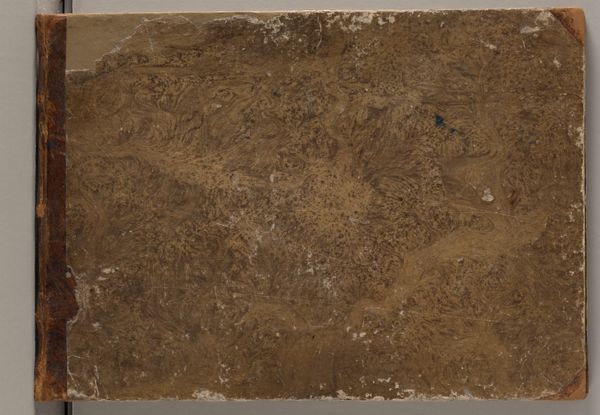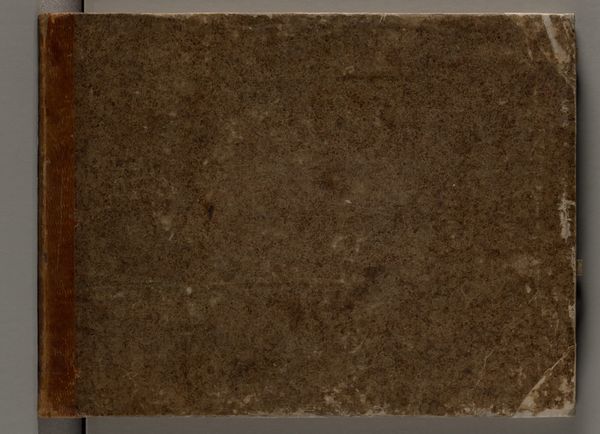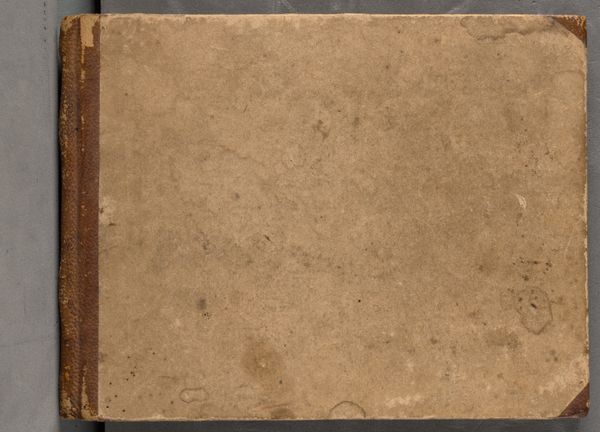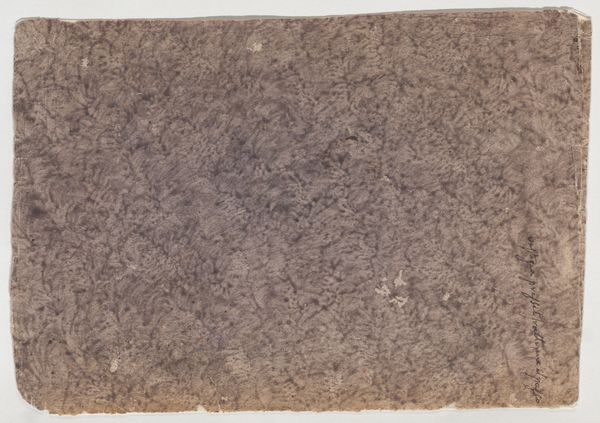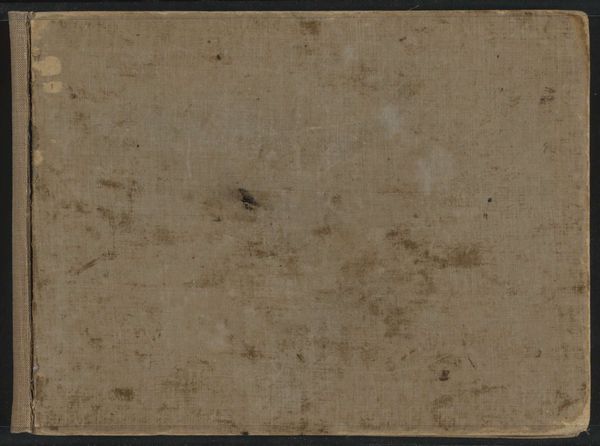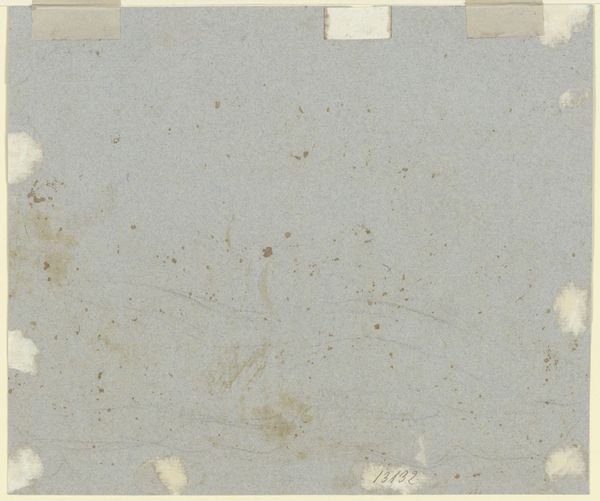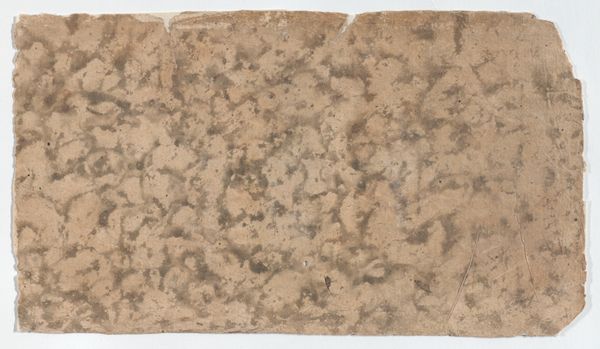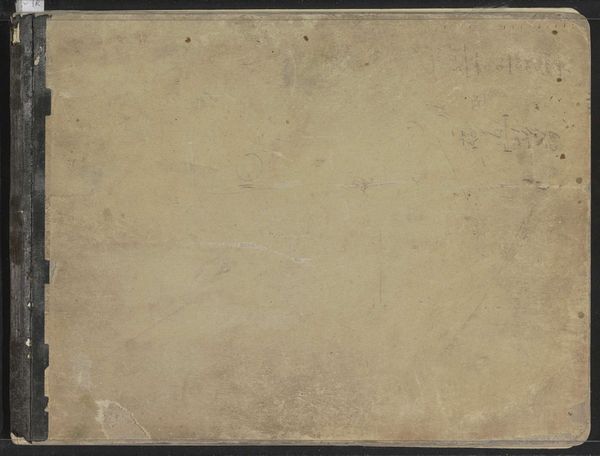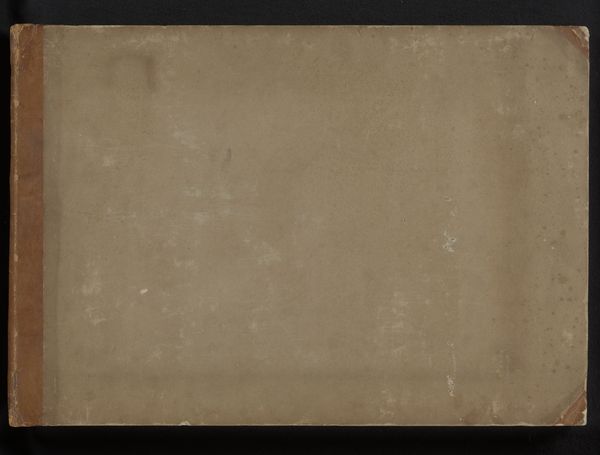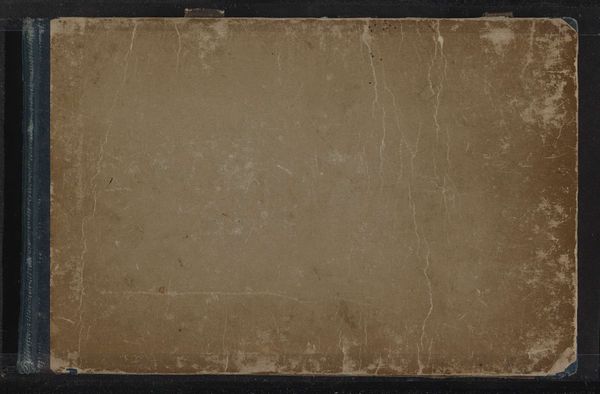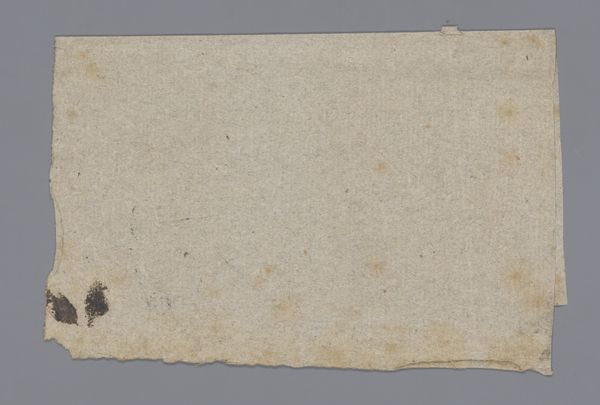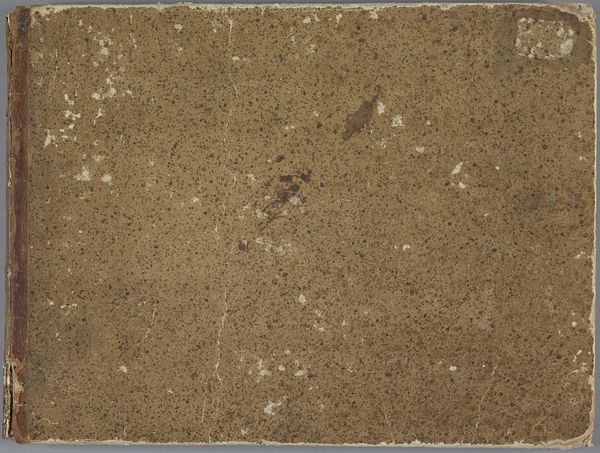
drawing, mixed-media, coloured-pencil, watercolor, ink
#
drawing
#
mixed-media
#
coloured-pencil
#
water colours
#
watercolor
#
ink
#
coloured pencil
#
mixed media
Copyright: Public Domain
Curator: Up next we have "Skizzenbuch," a sketchbook by Karl Peter Burnitz dating back to 1846, now housed in the Städel Museum. It’s a collection of drawings executed in mixed media, incorporating watercolor, ink, and colored pencil. Editor: It looks rather unassuming, doesn’t it? Time worn. The plain cover, with its discolouration and metal reinforced corners, has its own story to tell, whispering tales of workshops and perhaps countless revisions of social life depictions of the time? Curator: Absolutely, from my point of view the choice of materials is vital to its very existence as a space for creation. The accessibility of the mixed media—watercolour, ink, colored pencil—speaks to the sketchbook's role as a portable, readily available tool for artistic exploration. It bridges the gap between formal artistic practice and the everyday, a space where Burnitz could freely experiment and record his impressions. Editor: Speaking of impressions, consider Burnitz’s potential subjects. His socio-economic background meant that his artistic gaze probably fell upon those less privileged. We should reflect on who is depicted in his art, from what position he saw his subjects, and what institutions made these observations and their depiction possible. Curator: I think you’re spot on to bring up the question of class and depiction. What do the very specific limitations of the materials indicate, not about class per se, but of how and why a scene came to be captured on this page? What other versions and variations might he have imagined or made on other surfaces? Editor: Agreed. How Burnitz, trained in a formal artistic practice, then uses it in informal everyday life by way of a functional sketchbook helps us understand the art world, patronage, and accessibility in that time. Curator: Precisely, and beyond subject matter, I think a close material analysis of the sketchbook offers invaluable insights into Burnitz's working methods and the role of these readily-accessible media within artistic production more generally. It makes you wonder about how we perceive value in material constraints today. Editor: And that really shapes how we understand his practice in the larger cultural landscape of 1846 Frankfurt and its surroundings. It underlines that art exists in and responds to society. Curator: An intimate object for capturing what was and exploring what could be. Editor: It is a powerful reminder that art is not divorced from the society in which it’s produced and consumed.
Comments
stadelmuseum about 2 years ago
⋮
The 22-year-old Peter Burnitz took this landscape sketchbook with him on a journey through Switzerland in 1846 which, during his time as a law student, led him from Heidelberg via the canton of Basel-Landschaft to the western Three-Lakes Region and the canton of Bern and then to central Switzerland. On this route, Burnitz drew almost exclusively mountain landscapes with huts, castles or villages in pencil. He also captured views of Lakes Biel, Thun, Lucerne and Zug, as well as the buildings on their shores and the mountains rising behind them. Only occasionally did he study trees removed from the landscape context or close-ups of terrain and rock sections. Burnitz sometimes shaded the outlines of the drawings, some of which were quickly drawn, while others were more elaborate, with dense pencil hatching or coloured them with a brush in subtle shades of blue and grey.For a full sketchbook description, please see “Research”.
Join the conversation
Join millions of artists and users on Artera today and experience the ultimate creative platform.
